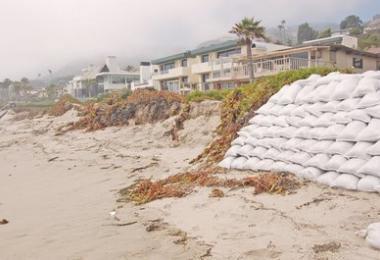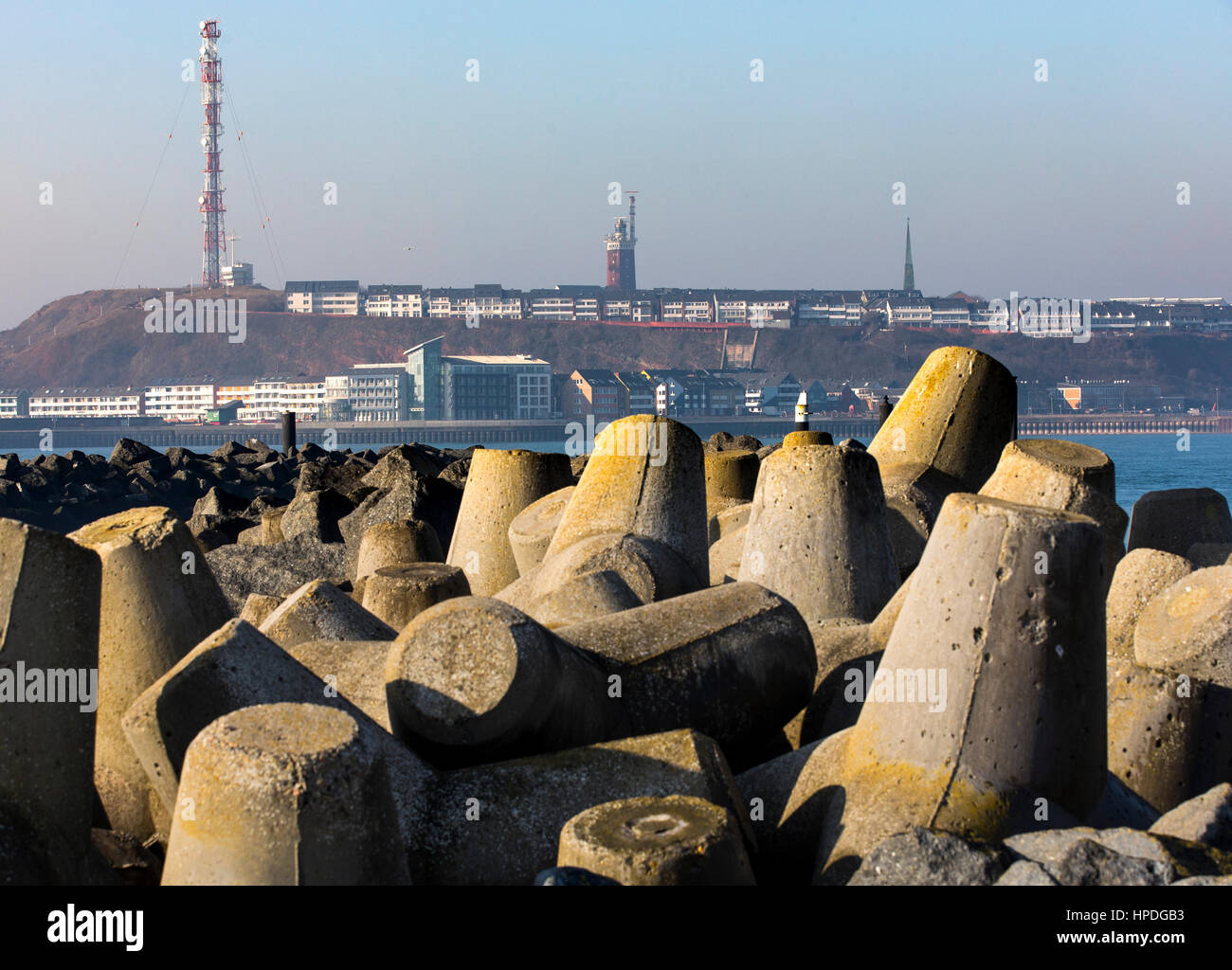Top Guidelines Of Shore Protect Team
Wiki Article
Shore Protect Team Things To Know Before You Get This
Table of ContentsThe smart Trick of Shore Protect Team That Nobody is Talking AboutThe 30-Second Trick For Shore Protect TeamLittle Known Questions About Shore Protect Team.Not known Details About Shore Protect Team The Single Strategy To Use For Shore Protect TeamWhat Does Shore Protect Team Mean?What Does Shore Protect Team Do?
Reduction in building value: As the area tourist is influenced by erosion, so after that is the economic situation. Purchasers are much less most likely to search for a coastline house that can be destroyed anytime by the impending flooding and disintegration emergency situation. In turn, property value can drop immensely and affect the entire area.Whether a beach is just tiny and crowded or has to shut totally for the safety and security of the environment and nearby residential or commercial properties, this considerably influences tourist. In turn, neighborhood economic climates are impacted (https://www.earthmom.org/katy/construction-contracting/shore-protect-team). Risk of injury: The increased threat of flooding and structural failures creates a raised risk of injury to close-by visitors and community members

Shoreline stablizing is straight associated to their job. Waterside hotels: Since shoreline erosion impacts tourist, it influences the success of waterside hotels.
The 5-Minute Rule for Shore Protect Team
Coastal industrial businesses: No tourists means no service. Coastal state parks: State parks that exist along coasts are at risk of damage.Soft stabilization is a much better solution for the atmosphere and even more lasting overall. Hard stabilization uses manufactured structures as security to regulate erosion. Generally, these frameworks are mounted at best angles or parallel to stop sand motion and reduce the force of waves. The majority of forms of hard stabilization like seawalls and sheet metal are not ideal for coastline stabilization.
What Does Shore Protect Team Mean?
There's likewise not sufficient proof of their efficiency depending on the sort of shoreline and neighborhood conditions. Hard stabilization techniques often tend to be harder to set up and do not match the all-natural visual, protruding like a sore thumb and harming local ecological communities in many scenarios. Coastline nutrients is the procedure of adding shed sand and debris back to beaches after erosion has occurred.TrapBags help in the procedure of coastline nutrition by securing natural ecosystems and permitting plants to expand. While this procedure can be expensive and is not irreversible, the pros have a tendency to exceed the disadvantages. TrapBag obstacles offer numerous properties that make them suitable for coastal and riverbank disintegration defense. They're: Eco friendly: You can utilize indigenous soil both to surround and to load the TrapBags.

The Main Principles Of Shore Protect Team
They can also be mounted without any kind of hefty machinery. Affordable: TrapBags are ideal for both tiny and large areas of shoreline.The proper seawall layout relies on location-specific aspects, including bordering disintegration procedures. There are 3 major types of seawalls: vertical, rounded, tipped, and mounds (see table below).
Natural barriers, such as reef and mangrove woodlands, prevent the spread of tsunamis and the flow of coastal waters and minimized the flooding and rise of water. A cost-benefit technique is a reliable way to identify whether a seawall is ideal and whether the advantages deserve the expenditure.
Shore Protect Team Fundamentals Explained
A seawall is a static feature which can contravene the vibrant nature of the coastline and hamper the exchange of debris between land and sea. The table below summarizes some positive and unfavorable impacts of seawalls which can be utilized when contrasting their performance with various other seaside management choices, such as coastline sustenance. [] Benefits and negative aspects of seawalls according to Short (1999) Benefits Drawbacks Long term service in contrast to soft coastline nutrients.
This can create coastlines to dissipate, rendering them ineffective for coastline goers. Generally, seawalls can be a successful method to manage seaside disintegration, however just if they are built well and out of products that can stand up to the force of recurring wave energy.
Getting My Shore Protect Team To Work
Combined with a high construction cost, this has led to raising usage of other soft engineering coastal monitoring choices such as beach replenishment. Seawalls are constructed from various products, the majority of typically enhanced concrete, stones, steel, or gabions. Various other feasible construction products include vinyl, timber, light weight aluminum, fiberglass composite, and biodegradable sandbags made of hemp and coir. The proper seawall layout relies upon location-specific elements, including bordering erosion procedures. There are three major kinds of seawalls: vertical, bent, stepped, and piles (see table listed below). A record released by the United Nations Environment Program (UNEP) suggests that the tidal wave of 26 December 2004 triggered less damages in the areas where all-natural obstacles existed, such as mangroves, coral reefs or seaside vegetation.All-natural barriers, such as coral reefs and mangrove forests, protect against the spread of tidal waves and the circulation of seaside waters and mitigated the flood and rise of water. A cost-benefit method is an effective means to establish whether a seawall is appropriate and whether the benefits deserve the expense.
The Buzz on Shore Protect Team
A seawall is a static function which can contrast with the vibrant nature of the coast and hinder the exchange of sediment between land and sea. The table listed below summarizes some positive and unfavorable results of seawalls which can be used when comparing their effectiveness with other coastal administration alternatives, such as beach nutrients. [] Benefits and downsides of seawalls according to Short (1999) Advantages Downsides Long-term solution in comparison to soft beach nutrients. bulkhead cost.
This can cause coastlines to dissipate, making them worthless for beach goers. Typically, seawalls can be an effective method to control seaside disintegration, but only if they are built well and out of products that can hold up against the pressure of ongoing wave energy. Some understanding is required of the coastal processes and morphodynamics specific to the seawall place.
Report this wiki page